| Plant Habit: | Shrub Tree |
| Life cycle: | Perennial |
| Sun Requirements: | Full Sun Full Sun to Partial Shade |
| Water Preferences: | Mesic |
| Soil pH Preferences: | Slightly acid (6.1 – 6.5) Neutral (6.6 – 7.3) |
| Minimum cold hardiness: | Zone 5a -28.9 °C (-20 °F) to -26.1 °C (-15 °F) |
| Maximum recommended zone: | Zone 7b |
| Plant Height: | 8 to 12 feet |
| Plant Spread: | 5 to 8 feet |
| Leaves: | Good fall color Unusual foliage color |
| Fruit: | Showy |
| Fruiting Time: | Late summer or early fall Fall Late fall or early winter |
| Flowers: | Showy Blooms on old wood |
| Flower Color: | White |
| Flower Time: | Spring |
| Suitable Locations: | Patio/Ornamental/Small Tree Bog gardening |
| Eating Methods: | Tea |
| Wildlife Attractant: | Butterflies |
| Resistances: | Deer Resistant Rabbit Resistant |
| Propagation: Seeds: | Self fertile |
| Pollinators: | Various insects |
| Miscellaneous: | Monoecious |
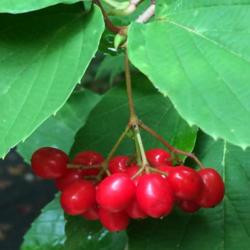
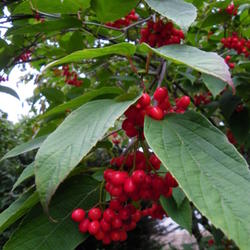
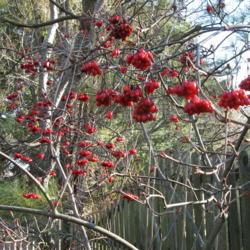
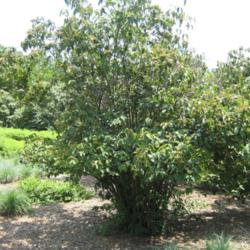
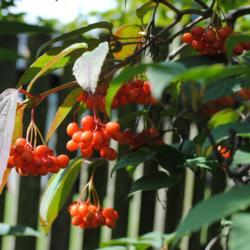


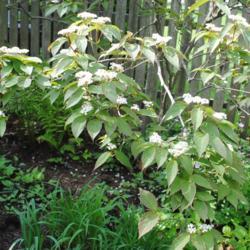
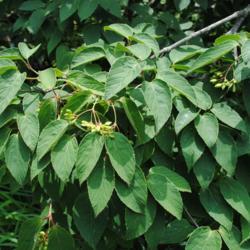
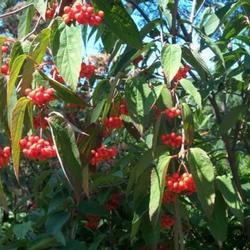
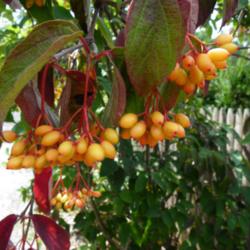
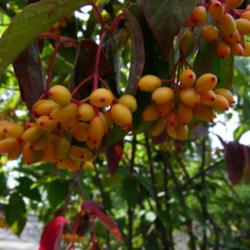
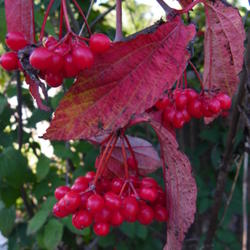
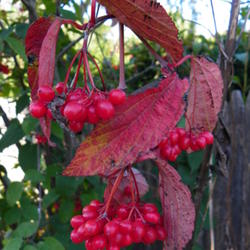

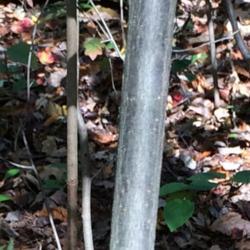
« Add a new plant to the database
» Search the Viburnums Database: by characteristics or by cultivar name
« See the general plant entry for Viburnums (Viburnum)